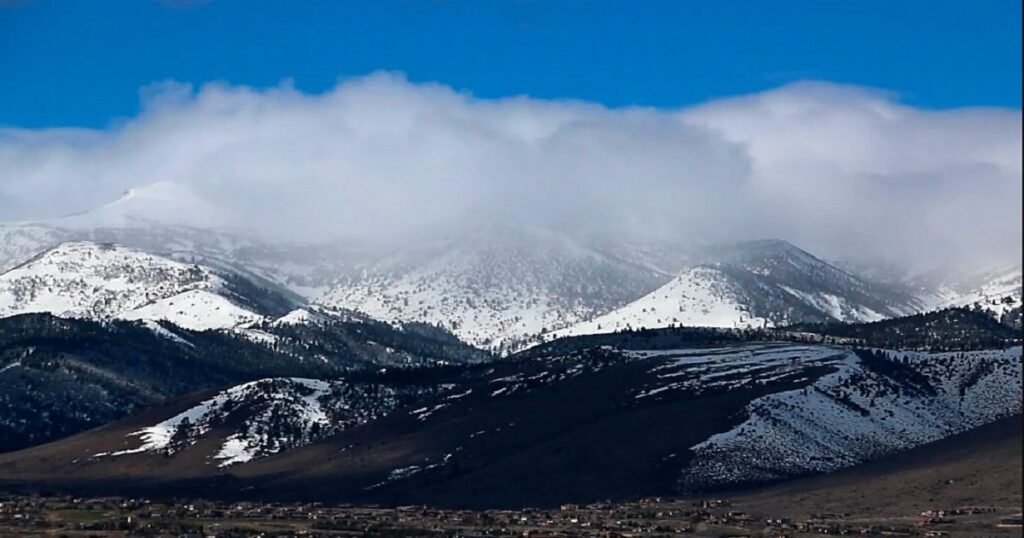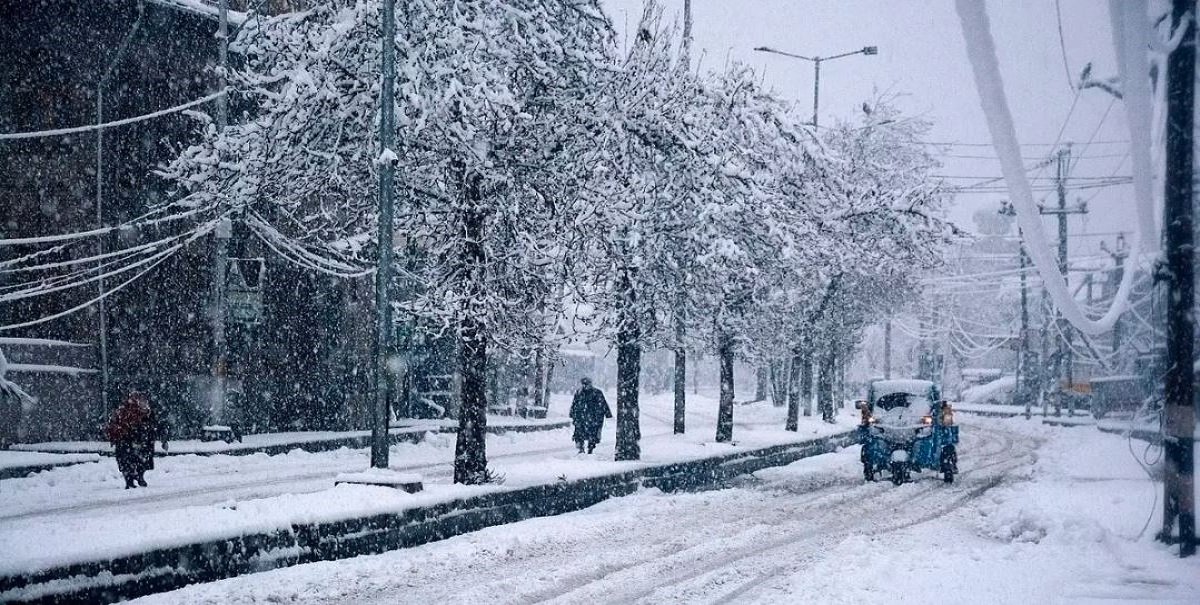The Sierra Nevada mountain range is renowned for its breathtaking landscapes, diverse ecosystems, and varied climate conditions. Among the many climatic quirks that this majestic region offers, one of the most intriguing is August snowfall in the Sierra Nevada. Although uncommon, this phenomenon can have significant implications for the local environment, wildlife, and tourism. In this article, we will explore the conditions that lead to snowfall in August, the impact of such events, and frequently asked questions surrounding this fascinating topic.
What Causes August Snowfall in the Sierra Nevada?
Climatic Conditions
August snowfall in the Sierra Nevada is typically a result of unusual climatic conditions that converge to create the right environment for snow formation. During the summer months, the Sierra Nevada generally experiences warm and dry weather, but fluctuations in temperature and moisture levels can lead to unexpected snow.
- Temperature Drops: Late summer can sometimes bring a drop in temperatures, particularly in the higher elevations of the Sierra Nevada. When these temperatures dip below freezing at night, it creates the potential for snow.
- Moisture from Monsoons: The August snowfall in the Sierra Nevada is influenced by the North American monsoon, a weather pattern that brings moisture from the Gulf of California into the region during late summer. If a cold front coincides with this influx of moisture, it can lead to precipitation in the form of snow.
- Elevation Factors: The August snowfall in the Sierra Nevada is characterized by significant elevation changes, which means that weather patterns can differ dramatically within relatively short distances. Areas at higher elevations can experience snowfall even when lower areas are still enjoying summer weather.
Historical Context
August snowfall is rare but not unheard of in the Sierra Nevada. Historically, the region has recorded instances of snow during this month, particularly in years when climatic conditions were particularly volatile. These occurrences serve as reminders of the unpredictable nature of weather patterns in mountainous regions.
Impact of August snowfall in the Sierra Nevada
Ecological Effects
The ecological implications of August snowfall in the Sierra Nevada can be substantial. The sudden appearance of snow can disrupt local ecosystems in various ways:
- Wildlife Adaptation: Animals that have adapted to the summer conditions may find themselves challenged by sudden changes in their environment. For instance, some species may have already begun their migration patterns, and unexpected snowfall can affect their routes and survival strategies.
- Plant Life: Snow cover can provide insulation for certain plant species, protecting them from extreme temperature fluctuations. However, premature snowfall can also hinder the growth of summer plants that rely on the warm weather to flourish.
Effects on Tourism
August snowfall can also impact tourism, which is a vital component of the Sierra Nevada’s economy.
- Ski Resorts: Although August is traditionally seen as off-season for skiing, unexpected snowfall can create excitement and draw tourists to the area. Ski resorts may open early or host special events to take advantage of the snow.
- Hiking and Recreation: Conversely, heavy snowfall can disrupt hiking trails and other recreational activities. For hikers and campers, unexpected snow can present hazards and may lead to trail closures or altered plans.
Preparing for the Unexpected: Safety Tips
For those who plan to visit the August snowfall in the Sierra Nevada during late summer, being prepared for unexpected weather conditions is essential. Here are some safety tips:
- Check Weather Forecasts: Always stay updated on weather conditions before embarking on your trip. Sudden changes can occur, and being informed will help you prepare adequately.
- Dress in Layers: The weather in the Sierra Nevada can vary greatly, even within a single day. Dressing in layers will allow you to adjust to changing temperatures more easily.
- Have Emergency Supplies: If you plan to hike or camp, make sure to carry emergency supplies, including extra food, water, warm clothing, and a first-aid kit.
- Know the Terrain: Familiarize yourself with the trails and terrain you plan to explore. Understanding the landscape will help you navigate safely, especially in adverse weather conditions.

Frequently Asked Questions (FAQs)
August snowfall is quite rare in the Sierra Nevada. However, it can occur under specific climatic conditions, such as significant temperature drops combined with moisture from the monsoon season.
In August, temperatures in the Sierra Nevada can range significantly based on elevation. While lower elevations may experience warm summer temperatures, higher elevations can see much cooler conditions, particularly at night.
August snowfall can disrupt the behaviors of local wildlife, affecting migration patterns, feeding habits, and survival strategies. Animals may be forced to adapt quickly to the unexpected changes in their environment.
While August is not typically a ski season, unexpected snowfall can lead to some ski resorts opening early or hosting special events. However, the availability of skiing will depend on the amount of snow and the conditions at the resorts.
Visitors should stay updated on weather forecasts, dress in layers, and carry emergency supplies if hiking or camping. Understanding the terrain and potential hazards is crucial for safety during sudden weather changes.
Conclusion
August snowfall in the Sierra Nevada is a fascinating and rare phenomenon that underscores the complexity of weather patterns in mountainous regions. While it can disrupt ecosystems and impact tourism, it also serves as a reminder of the beauty and unpredictability of nature. As climate change continues to influence weather patterns globally, understanding events like these becomes increasingly important. For residents and visitors alike, staying informed and prepared will ensure a safe and enjoyable experience in this stunning mountain range.
Read Our More Blogs:-



